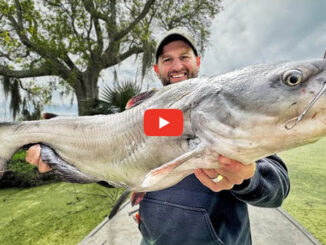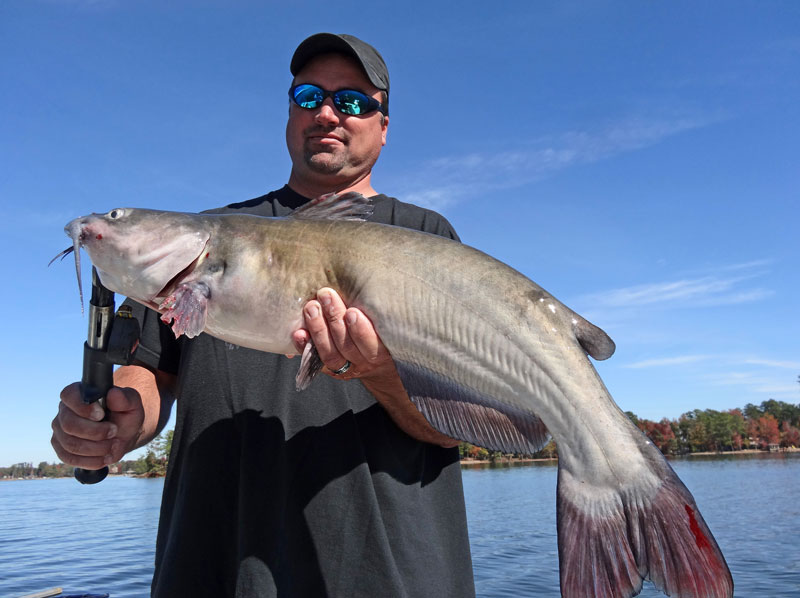 Generations of fishermen have passed on an effective, proven technique for catching more fish
Generations of fishermen have passed on an effective, proven technique for catching more fish
no matter what species you are targeting.
Spitting on your bait.
The good use of a good “paa-tooieee” right on your cricket, worm or crankbait may not be scientific, but it’s a confidence builder and one technique that will probably never go away.
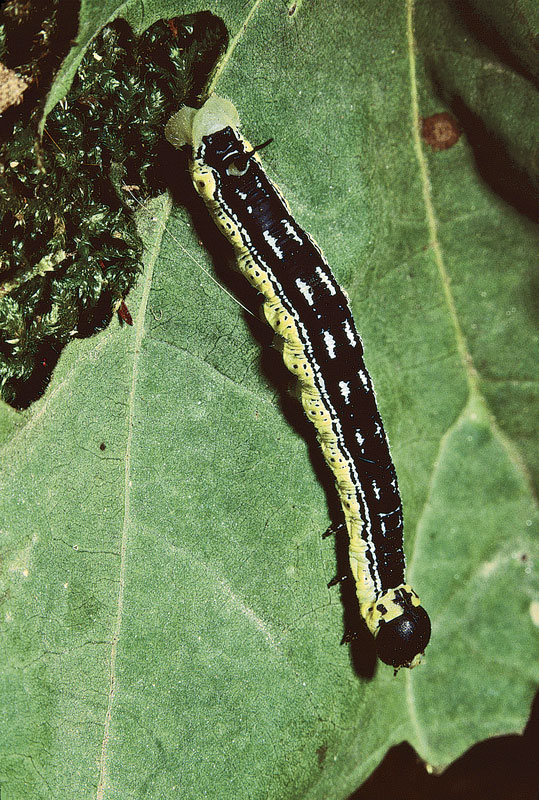
But there is one fish bait — a really great fish bait — that spits back at you.
Catalpa worms.
They are a great bait for bream and catfish, but they are ugly, and they are not polite. When you pick one up, they’ll “spit” a brown fluid on you that actually stains your hands but is harmless. They also look fearsome with their little black horns and grabby little feet, but to fish, they look like filet mignon.
“I was introduced to catalpa worm fishing back in the 1960s, so it is just a normal part of my fishing,” said fisherman Ron Manning of Farmerville. “I’ve always loved fishing for catfish with catalpa worms, and they are great for bream, too.”
The worms are best this time of the year, fresh-picked off the leaves of a catalpa tree — if you can find one. Manning has several in his yard and keeps his eyes on them like a bank guard watching a safe.
He suggests fishing them on a small to medium bream hook with a light weight in any good-looking spot where catfish or bream lurk in summer. They are also good to bait yo-yo and trotline devices, but if you are targeting catfish, that is best done at night. If you don’t, small fish will nibble the worms off before the big fish get a chance to find them.
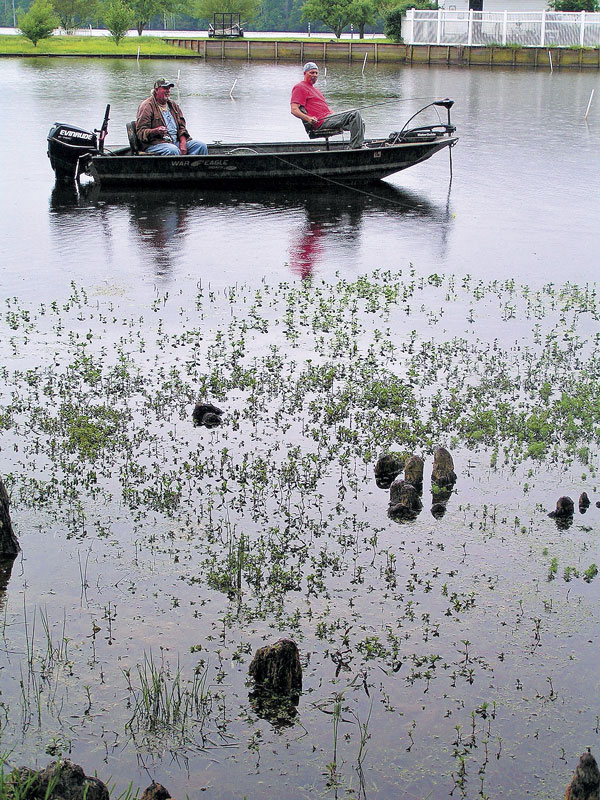
When fishing on a bream hook, you can cut a big worm into two or three pieces and use it for more than one fish. They are tough.
Catalpa worms can also be kept for fishing later, but they can get mushy and can lose their bright colors. The best way to store them is to pick them off the tree, put them in a container of ice water, then seal them in a Zip Lock bag full of corn meal and freeze them. The corn meal helps them keep their consistency. You can freeze them in water, but they often come out mushy, Manning said.
If you are into the science of this traditional bait, you’ll know it isn’t a worm at all. It’s the caterpillar of the catalpa sphinx moth. The females lay thousands of eggs on the underside of catalpa tree leaves. In about two weeks, the eggs hatch into caterpillars. When they hatch, you don’t have to look for them; just keep your eyes on the heart-shaped leaves. They will start disappearing at a rapid rate as the worms eat away at them. When the leaves are all gone, the worms will drop down the tree and go underground until time to emerge the next year.
This all happens pretty quickly. Just because you have a crop of worms one day doesn’t mean they’ll be there the next. When their food supply is gone, so are they. And even while they are there in numbers, they face many challenges. Red wasps love to pick the worms off tree leaves and feed them to their larvae. Birds will also eat the worms, and even red ants will climb the trees and munch on them. If there aren’t any affected by that, you can bet a fisherman will find them and put them to good use.
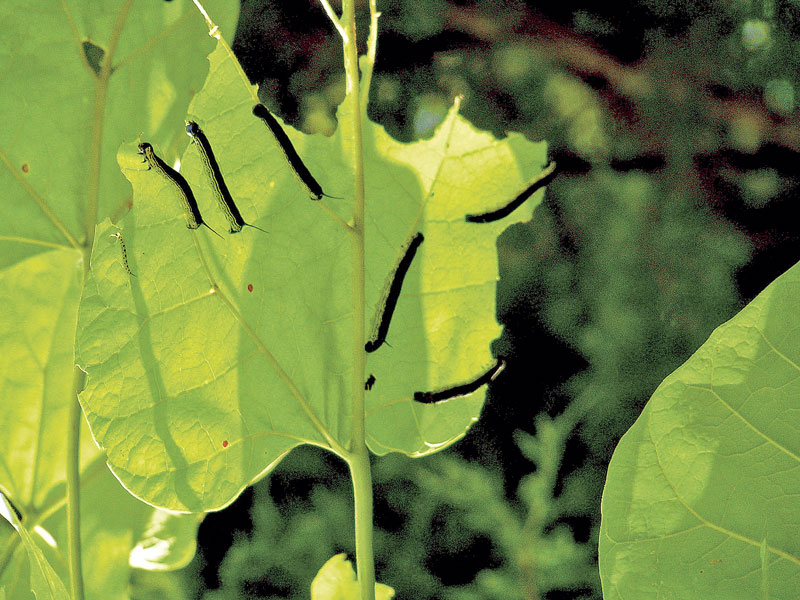
“Fishermen and nature can wipe out the whole crop if you don’t manage it,” Manning said. “We always let a lot of worms go back in the ground to keep the cycle going.”
The catalpa tree is also sometimes called a “bean tree” because it produces foot-long beans which are long seed pods. These pods have no use and fall off to the ground. You can try to use the seed to plant a few trees, but most folks that try that report hit-or-miss results.
If you are thinking about growing your own trees, you won’t find seedlings at most nurseries, but you can order them online or get a small tree from a friend — a good friend, we might add. Otherwise, hang on to your cricket box for 4 or 5 years while your tree grows large enough to produce and sustain a crop. You can also keep your eyes out in the woods and possibly locate some small seedlings and transplant them.
